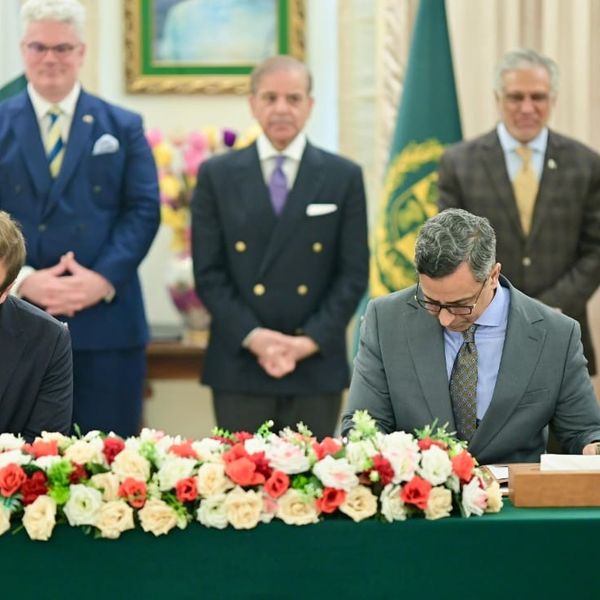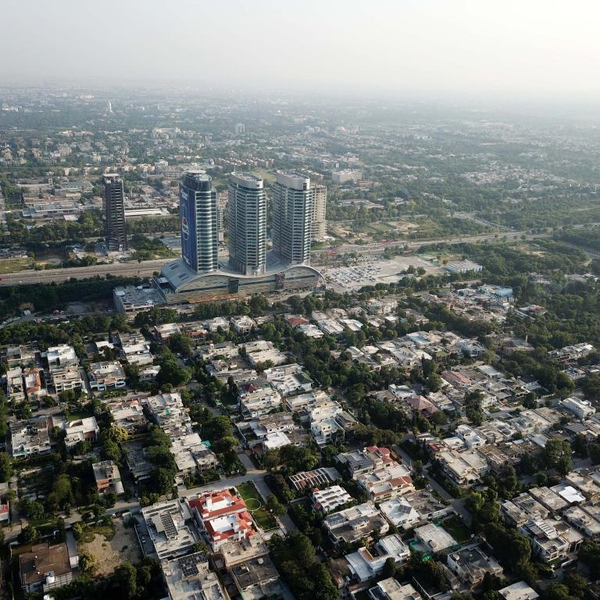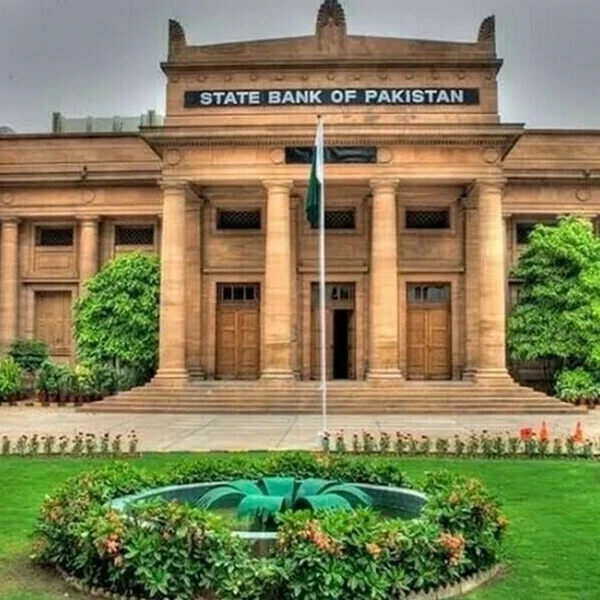Pakistan drafts plan to cut PKR 2.6T gas circular debt by nearly 60%
Strategy includes fuel levy, SOE dividends and LNG cargo resales

Haris Zamir
Business Editor
Experience of almost 33 years where started the journey of financial journalism from Business Recorder in 1992. From 2006 onwards attached with Television Media worked at Sun Tv, Dawn Tv, Geo Tv and Dunya Tv. During the period also worked as a stringer for Bloomberg for seven years and Dow Jones for five years. Also wrote articles for several highly acclaimed periodicals like the Newsline, Pakistan Gulf Economist and Money Matters (The News publications)

Pakistan’s government has drafted a multi-pronged strategy to eliminate the country’s mounting gas circular debt, which has ballooned to PKR 2,600 billion, officials said Tuesday.
The plan, developed by the government’s Task Force on Power, aims not only to clear the existing debt but also to prevent its accumulation in the future. The proposal centers on three major financial measures, with the goal of reducing the debt by PKR 1,500 billion over five years.
A senior official in the Petroleum Division said the government plans to impose a petroleum levy of PKR 5 per liter on fuel products, expected to generate PKR 500 billion over five years. Another PKR 500 billion will be raised through dividends from state-owned oil and gas companies, while a further PKR 500 billion will be saved by diverting two long-term contracted LNG cargoes from Qatar to the international market each month for resale.
The plan, once finalized, will be implemented over a five-year period. The remaining PKR 1,100 billion in circular debt—largely comprising late payment surcharges and accrued interest—will likely be addressed through waivers, the official added.
One of the key drivers of the growing gas debt has been declining consumption of re-gasified liquefied natural gas (RLNG) in the power and export sectors. High RLNG costs—estimated at PKR 3,500 plus PKR 791 per MMBtu—have reduced usage in the export sector from 350 mmcfd to just 100 mmcfd. Meanwhile, subsidized household RLNG usage continues to rise, increasing the financial burden on the government.
Additionally, power plants have failed to consume RLNG as per long-term supply agreements with Qatar and Italy’s ENI, leading to surplus fuel in the system.
Pakistan currently imports nine LNG cargoes per month from Qatar—five priced at 13.37% of Brent and four at 10.02%—under long-term agreements. The government expects a surplus of 24 LNG cargoes in 2026 and plans to request Qatar to divert two cargoes per month to the global spot market under a contractual flexibility clause. This diversion could save around PKR 100 billion annually, helping to ease the circular debt burden.
The plan is expected to be a central topic of discussion during Petroleum Minister Ali Pervez Malik’s official visit to Qatar from Aug. 25 to 28, where he will be accompanied by the SIFC coordinator Lt. Gen. Sarfraz Ahmed and senior finance and petroleum ministry officials.
In a related development, the Petroleum Division confirmed that gas pressure in the pipeline network has exceeded 5 bcf, well above safe levels. The rise in pressure, linked to reduced RLNG consumption, has been deemed a serious risk to national gas infrastructure. In response, the government has temporarily shut down local gas wells producing 250 mmcfd to mitigate safety concerns.










Comments
See what people are discussing